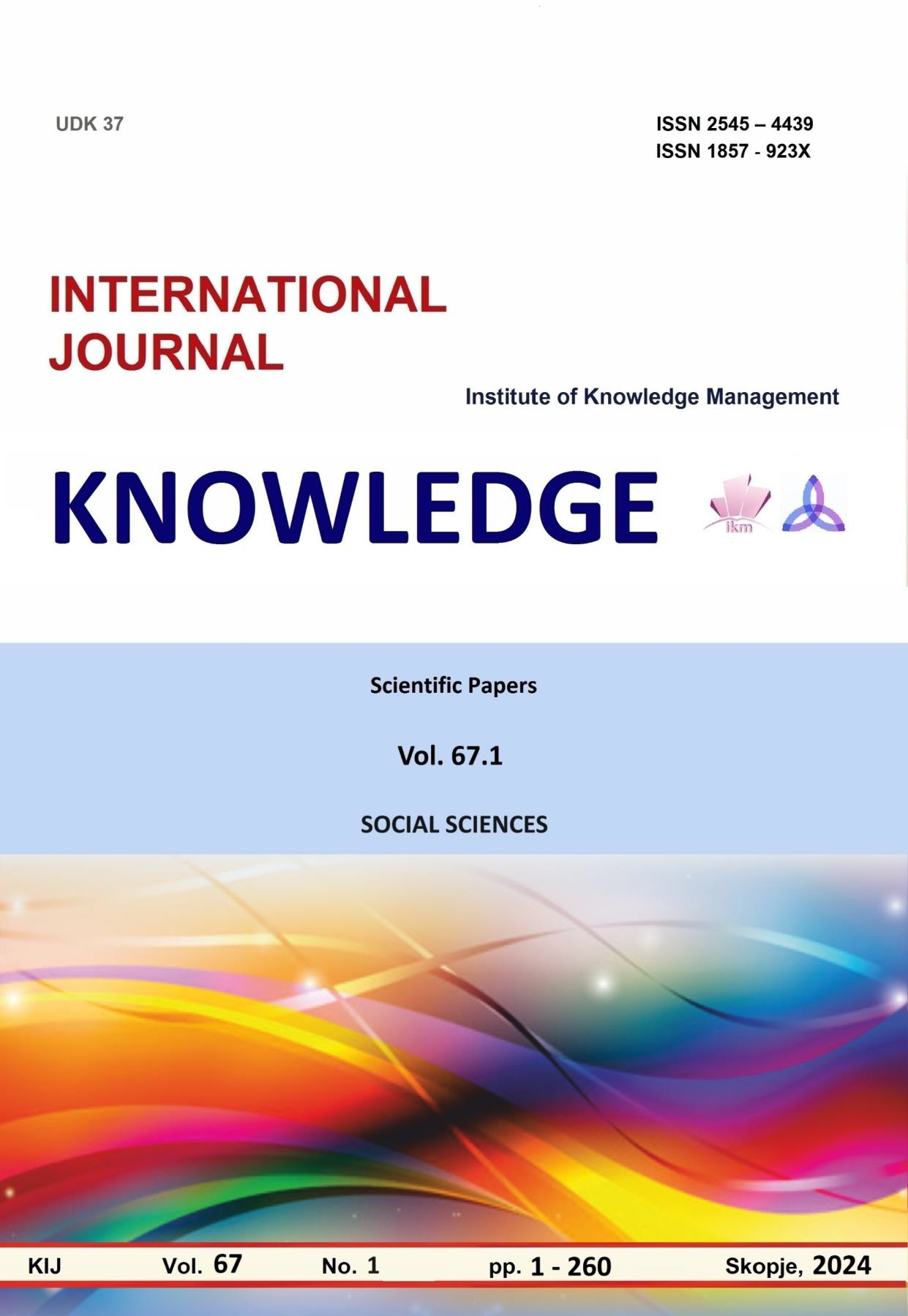EVOLUTION OF WAGE THEORIES
EVOLUTION OF WAGE THEORIES
Author(s): Martin Gjorgjiev, Julia Atanasovska, Aleksandar KrstevskiSubject(s): Social Sciences, Education
Published by: Scientific Institute of Management and Knowledge
Keywords: wage theory;classical theory;neoclassical theory;wage function
Summary/Abstract: The classical theory of wages, defined by Adam Smith, David Ricardo and Thomas Malthus, back in the 18th and 19th centuries, is the basis for understanding the economic forces that determine the level of wages. According to the theory of wages, the wage is determined by market forces for the supply of money and the demand for labor and should be sufficient to meet the needs of workers, due to the "existential wage"., the concept of the natural level of wages and how the supply and demand for labor, and the impact of productivity on wages. These theories have their limitations that are also subject to analysis, as well as the concept of their applicability in a modern economy. Also, the classical theory, despite its resistance, created the basis for further production of wages in the contemporary and modern economy, while analyzing both socioeconomic factors and the function of the wage as a stimulus for productivity.
Journal: Knowledge - International Journal
- Issue Year: 67/2024
- Issue No: 1
- Page Range: 47-52
- Page Count: 6
- Language: English

